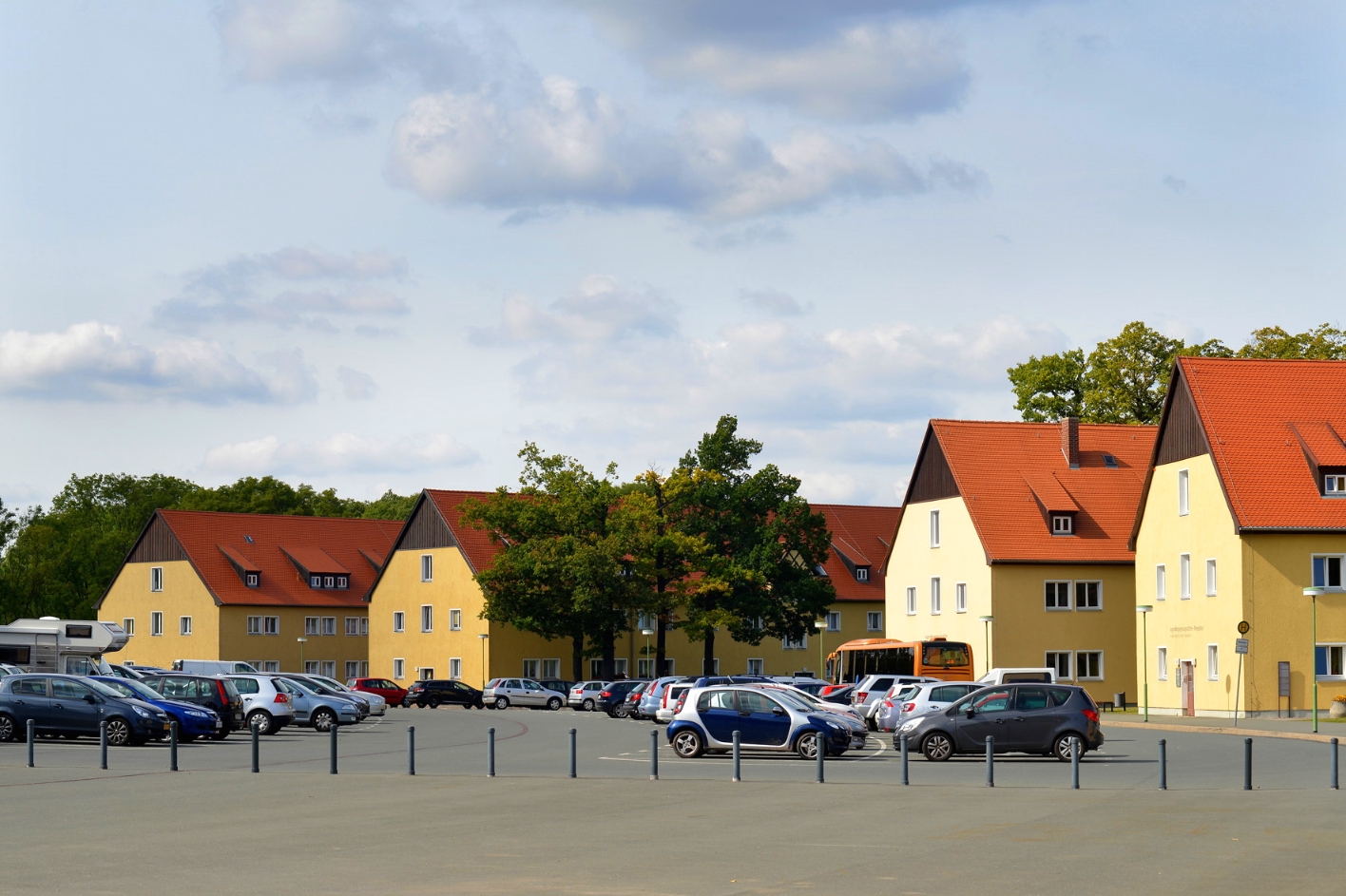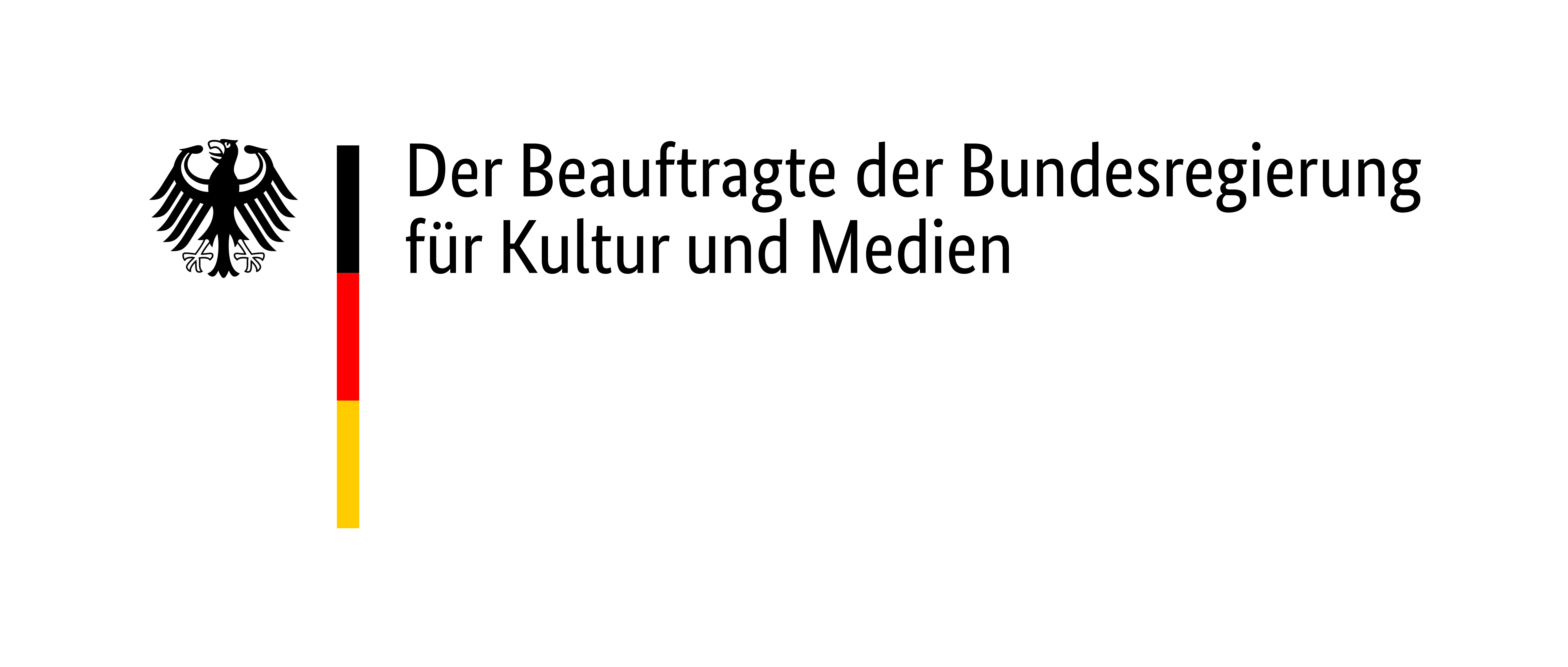

With their wooden-clad gables and dormers, the barracks and the auxiliary buildings –transformer stations, bathhouses, and even a casino with a large event venue – indicate the desire of the SS to demonstrate its prestige. However, like almost everything in Buchenwald, the standardized buildings were erected by inmates using quick construction methods. The inmates not only worked in construction, but they also served as craftsmen, cooks, animal keepers, and servants in all parts of the complex.
The men of the SS Totenkopf "Thüringen" division were responsible for guarding the camp. Serving in the concentration camp was part of their training, in which obedience and a propensity to violence were considered virtues. In late 1937 there were more than 1,600 SS men stationed in the barracks, many of them under 20 years old. In September 1939 SS units from Buchenwald invaded Poland together with the Wehrmacht, where they committed countless war crimes against the civilian population.
After the camp was liberated, the barracks served as an emergency hospital for the deathly ill and utterly exhausted survivors. The help provided by the doctors and nurses of the

